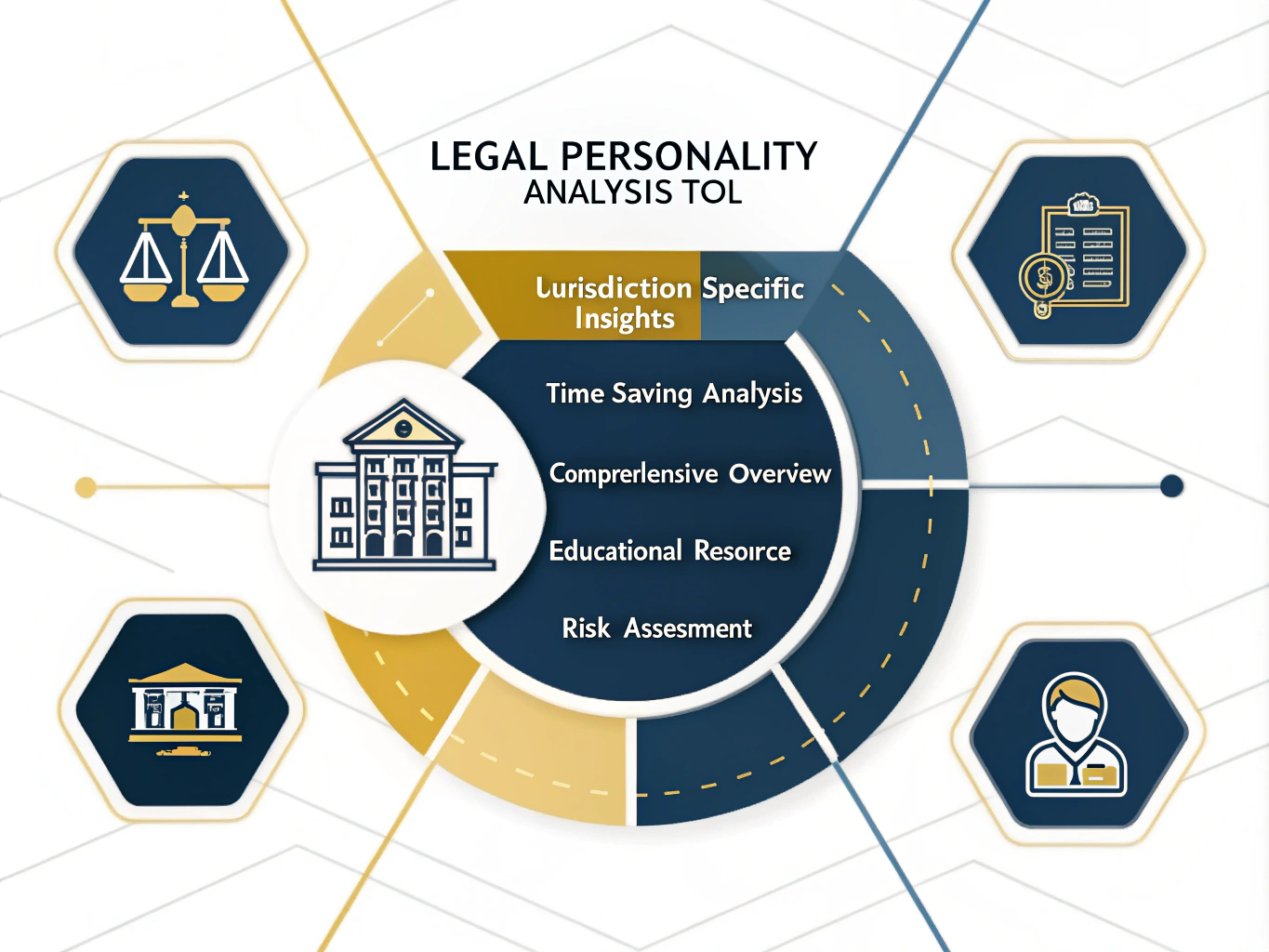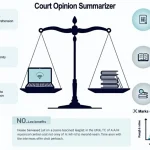Legal Personality Analysis
Is this tool helpful?
How to Use the Legal Personality Analysis Tool Effectively
This tool helps you analyze the principle of separate legal personality and how courts in different jurisdictions might pierce the corporate veil. To get the most accurate results, follow these steps:
- Enter the Legal Jurisdiction: Type the country or region relevant to your analysis. For example, you could enter Singapore or South Africa to focus the analysis on those legal frameworks.
- Provide Specific Cases or Scenarios (Optional): Add any landmark cases or particular scenarios you want the tool to consider. For instance, input Walkovszky v. Carlton or Gilford Motor Co Ltd v Horne to include these in your analysis.
- Click “Analyze Legal Personality”: Submit the form to generate a detailed report on how courts apply or set aside the doctrine of separate legal personality in the specified jurisdiction.
- Review the Detailed Results: The tool will break down relevant case law, explain circumstances under which the corporate veil may be pierced, and outline implications for stakeholders such as directors and shareholders.
- Copy the Analysis: Use the provided copy feature to save the results for future reference or share with colleagues involved in legal or corporate advisory roles.
What Is the Legal Personality Analysis Tool? Definition, Purpose, and Benefits
The Legal Personality Analysis Tool offers in-depth insights into the concept of separate legal personality and the conditions under which courts might disregard this principle. Separate legal personality means that a company is legally distinct from its owners, directors, and employees. This core principle underpins company law worldwide.
This tool assists legal professionals, business owners, and students by providing customized analysis based on the jurisdiction and cases you specify. It highlights how courts “pierce the corporate veil” — that is, treat a company and its controllers as one entity when legal protections are abused or certain conditions are met.
Key Benefits of Using the Legal Personality Analysis Tool
- Jurisdiction-Specific Analysis: Understand how separate legal personality is interpreted and applied within particular legal systems.
- Quick Access to Case Law: Get concise summaries of relevant court decisions without needing to conduct manual legal research.
- Comprehensive Legal Insights: Explore detailed explanations of exceptions and conditions where the corporate veil may be pierced.
- Educational Resource: Deepen your knowledge of corporate law concepts with real-world examples and jurisdictional comparisons.
- Business Risk Assessment: Identify potential liabilities for companies, directors, and shareholders based on jurisdiction-specific rules.
Practical Uses: How the Legal Personality Analysis Tool Helps You
1. Corporate Structuring and International Compliance
Multinational companies can use this tool to decide how to structure subsidiaries and business units across different countries. Knowing how courts treat the corporate veil in various jurisdictions helps you comply with local laws and minimize liability exposure.
Example: A startup planning expansion into Mexico, Spain, and India learns through the tool that Mexican courts may pierce the corporate veil in cases of fraud, Spanish courts apply strict separation except in clear abuse, and Indian courts focus on evidence of control and misuse. This knowledge guides the company’s corporate governance and compliance strategies.
2. Legal Education and Comparative Law Research
Law students and researchers use the tool to compare approaches to separate legal personality across jurisdictions. It helps uncover differences between common law and civil law systems and supports academic projects and coursework.
Example: A law student compares how courts in Japan, Canada, and South Korea treat the corporate veil, identifying how statutory laws and case precedents influence judicial decisions in each country.
3. Due Diligence in Cross-Border Transactions
Legal teams perform risk assessments of corporate structures when advising on mergers, acquisitions, or investments. Understanding when courts might hold shareholders or parent companies liable is essential for thorough due diligence.
Example: Before acquiring subsidiaries in Italy and Brazil, a company’s legal advisors use the tool to analyze relevant cases and regulatory environments, ensuring awareness of local risks tied to the corporate veil doctrine.
4. Litigation Strategy for Piercing the Corporate Veil
Attorneys involved in disputes consider this tool valuable for determining whether conditions exist to pierce the corporate veil. It helps shape legal arguments and evidentiary strategies based on jurisdiction-specific criteria.
Example: A plaintiff’s counsel queries this tool for analysis on Cayman Islands and New Zealand law to assess the viability of veil-piercing claims against a corporate defendant and its controlling individuals.
5. Director and Shareholder Risk Assessment
Directors and shareholders can better understand their personal liability risks in various countries where their company operates. This insight helps strengthen risk management and compliance practices.
Example: A board in the United Arab Emirates uses the tool to evaluate their vulnerability to personal liability claims and tailor internal governance policies accordingly.
Important Disclaimer
The calculations, results, and content provided by our tools are not guaranteed to be accurate, complete, or reliable. Users are responsible for verifying and interpreting the results. Our content and tools may contain errors, biases, or inconsistencies. Do not enter personal data, sensitive information, or personally identifiable information in our web forms or tools. Such data entry violates our terms of service and may result in unauthorized disclosure to third parties. We reserve the right to save inputs and outputs from our tools for the purposes of error debugging, bias identification, and performance improvement. External companies providing AI models used in our tools may also save and process data in accordance with their own policies. By using our tools, you consent to this data collection and processing. We reserve the right to limit the usage of our tools based on current usability factors.







